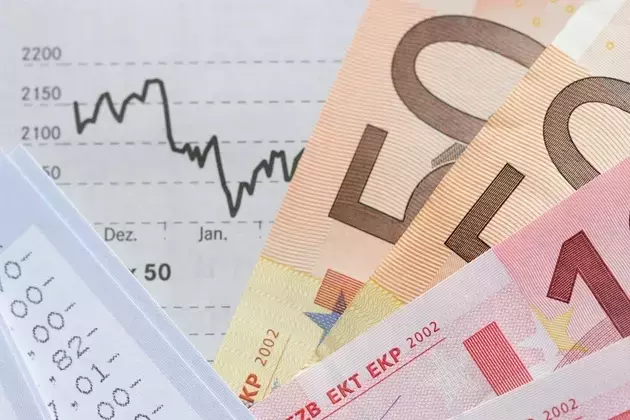
Investor AB is widely regarded as a fundamentally secure and high-quality Swedish investment company. However, its current market valuation, trading at a mere 6% discount to its Net Asset Value (NAV), positions it below a more desirable 15% discount threshold. This limited discount suggests that while the company maintains its intrinsic value, significant near-term upside for new investors is constrained. The firm's strategic moves, such as increasing ownership in undervalued entities like Ericsson and Atlas Copco, alongside a reduction in its stake in the perceived overvalued SEB, underscore a thoughtful approach to capital allocation. Despite a history of robust long-term performance and minimal operational risk, the existing valuation metrics warrant a cautious stance. Therefore, a 'Hold' recommendation is appropriate, advising potential investors to await a more substantial discount before considering an acquisition.
Insightful Capital Management Amidst Market Dynamics
In the dynamic landscape of global finance, Investor AB (IVSXF), a stalwart Swedish investment company, continues to demonstrate a robust and prudent approach to capital management. Esteemed for its foundational safety and unwavering quality, the firm recently navigated market fluctuations with strategic precision, adjusting its portfolio to optimize value and mitigate risk.
A notable aspect of Investor AB's recent activities involves the calculated enhancement of its positions in select companies. Specifically, the firm augmented its stakes in Ericsson, a global leader in communication technology, and Atlas Copco, a prominent industrial equipment manufacturer. These decisions were underpinned by a thorough assessment of their intrinsic values, identifying them as undervalued assets poised for future growth.
Conversely, the company strategically reduced its exposure to SEB, a Nordic financial services group. This move was predicated on a perceived overvaluation of SEB's market price, illustrating Investor AB's commitment to divesting from assets where potential returns are deemed insufficient relative to their current market standing. Such meticulous rebalancing reflects a proactive and disciplined investment philosophy, prioritizing long-term value creation over short-term market exuberance.
Despite these astute portfolio adjustments and a commendable track record of long-term performance, the prevailing market conditions present a particular challenge for new investors. Currently, Investor AB's shares are trading at a 6% discount to its Net Asset Value (NAV). While any discount is generally favorable, seasoned investors often seek a more substantial margin of safety, typically around a 15% discount, to account for various market uncertainties and to unlock more significant upside potential.
This narrow discount, therefore, suggests that while the company's operational risk remains commendably low and its fundamental quality unquestionable, the immediate opportunity for substantial capital appreciation for prospective buyers is somewhat muted. The current valuation effectively limits the extent of potential gains, advocating for a cautious 'Hold' position rather than an aggressive 'Buy'.
The collective actions of Investor AB highlight its enduring strength as a fundamentally sound investment vehicle. Yet, the nuanced interplay of its inherent quality, strategic portfolio management, and current market valuation underscores a critical consideration for investors: timing is paramount. A patient approach, awaiting a more compelling discount, would align with a strategy focused on maximizing returns from a company that epitomizes enduring value.
This case study of Investor AB underscores the timeless principle that even the most fundamentally sound companies must be acquired at an opportune valuation. While the firm's strategic maneuvers illustrate a commendably proactive management, the constrained discount to NAV serves as a crucial reminder for investors to exercise patience and discipline. It reinforces the idea that a prudent investor prioritizes not just the quality of an asset, but also the price at which it can be acquired, ultimately aiming for a balance that maximizes both safety and potential returns.
